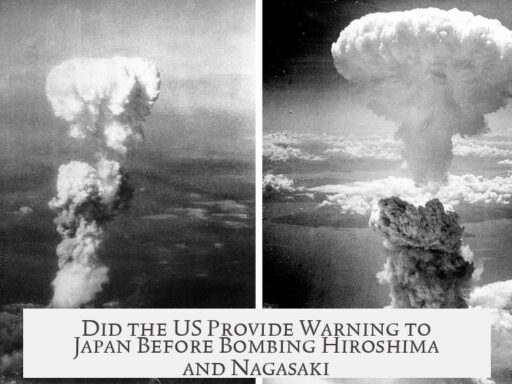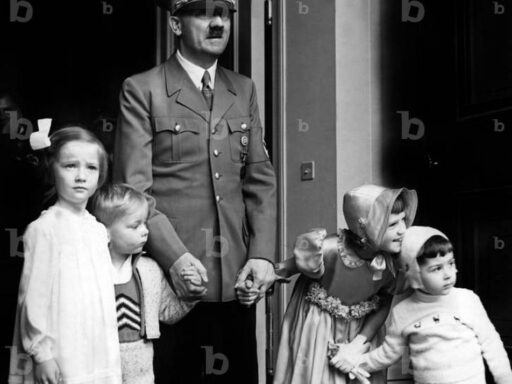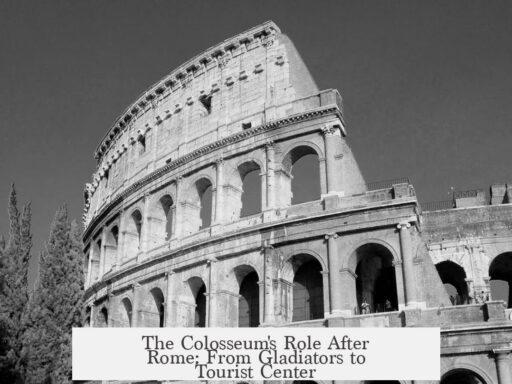Howard Dean did not lose the 2004 Democratic primary solely because of the “Dean Scream.” While the scream became a notorious media moment, multiple factors contributed to his loss, including poor campaign organization, loss in the crucial Iowa caucus, and lack of support within the Democratic Party. The scream affected public perception but was not the decisive factor ending Dean’s campaign.
Howard Dean entered the 2004 race as an early favorite, especially due to his strong anti-war stance and energized grassroots following. His campaign jumped in early and held frontrunner status for a period. However, Dean’s loss in the Iowa caucus dramatically undermined this position. Iowa was seen as a key battleground that should have leveraged Dean’s strengths, given its caucus format favoring candidates with passionate supporters and solid ground organization.
Dean’s third-place finish in Iowa, with only 18% of the vote behind John Kerry (38%) and John Edwards (32%), was surprising. Both Dean and fellow candidate Richard Gephardt, previously strong contenders, slipped due to negative campaigning between them and a late surge by Kerry and Edwards. Gephardt’s poor showing and subsequent withdrawal further narrowed the race but left Dean struggling to recover.
Post-Iowa, Dean faced a harsh fundraising environment. Donors questioned his viability after an unexpected poor showing in a contest critical for momentum. The lack of internal party endorsements worsened this situation. Democratic elites and elected officials had reservations about Dean, partly due to his aggressive stance against pro-war Democrats, limiting his surrogates and support during crucial recovery phases.
“The loss left him in a terrible position—third place in a contest he was expected to win, with little internal Democratic support and not enough of a war chest to come from behind.”
The “Dean Scream” emerged at a rally shortly after the Iowa caucus loss. Dean, attempting to rally supporters, shouted an energized “Yeah!” as he recited states he planned to win. The moment was captured and replayed extensively across networks, aired over 600 times in four days. The media framed it as a gaffe—his enthusiasm presented as erratic and unpresidential. The clip became an internet meme and was dubbed the “Dean Scream” or “I Have a Scream,” referencing Martin Luther King Jr. Day, the event’s date.
The context of the scream reveals discrepancies between what attendees experienced and what television audiences saw. Supporters packed the rally, with loud cheers barely audible in broadcast audio mixed through unidirectional microphones that dampened crowd noise. Onsite reporters noted the scream was less problematic in person than how it appeared via TV editing. However, network executives prioritized the sensational clip for ratings, thus distorting public perception.
- The scream dominated the news cycle but ignored important campaign realities.
- Dean’s campaign staff and political analysts argue the loss was inevitable due to structural and strategic deficiencies.
- Dean’s inability to convert online support into effective local organization crippled efforts in caucus states like Iowa.
Political experts emphasize that the scream exacerbated existing problems rather than caused them. Dean lacked sufficient party insider backing and organization to capitalize on his early frontrunner status. Fierce competition from John Kerry and John Edwards, who commanded broader party support and resources, further limited his ability to bounce back.
Caucus dynamics also played a role. Unlike primaries, caucuses demand intense ground activity and have public voting, encouraging strategic choices and vote shifts during the process. Dean’s campaign failed to mobilize the fervent supporters necessary to succeed in Iowa’s caucus system. This decreased turnout and lower support translated into diminished delegate counts and momentum.
Media coverage of the scream missed nuanced facets. Reporters onsite cautioned editors that the moment’s impact was overblown. Yet producers chose to highlight the scream as an emblematic failure, reinforcing a narrative that Dean was too volatile for the presidency. This narrative sidelined other analytic perspectives, such as campaign infrastructure and elite support.
Retrospective analyses find that blaming Dean’s loss on the scream oversimplifies the political process. It ignores key elements such as:
- Dean’s strategic mistakes and poor campaign operations.
- The competitive field, especially Kerry’s surge following Iowa.
- Dean’s alienation from party insiders and elected Democrats.
- The difficult nature of caucuses favoring local organization.
Ultimately, the “Dean Scream” symbolized a turning point in media narrative more than the root of his defeat. Dean and political scholars agree that his campaign’s underlying weaknesses doomed his chances regardless of the scream.
Key takeaways:
- The Iowa caucus loss significantly damaged Dean’s lead through poor voter turnout and strong opposition.
- The “Dean Scream” became a media sensation but was not the singular cause of Dean’s failure.
- Campaign shortcomings, lack of party backing, and poor organization played critical roles.
- Caucuses demand intense local support, which Dean’s campaign lacked despite online popularity.
- Media focus on the scream overshadowed deeper political realities influencing the 2004 primary.




